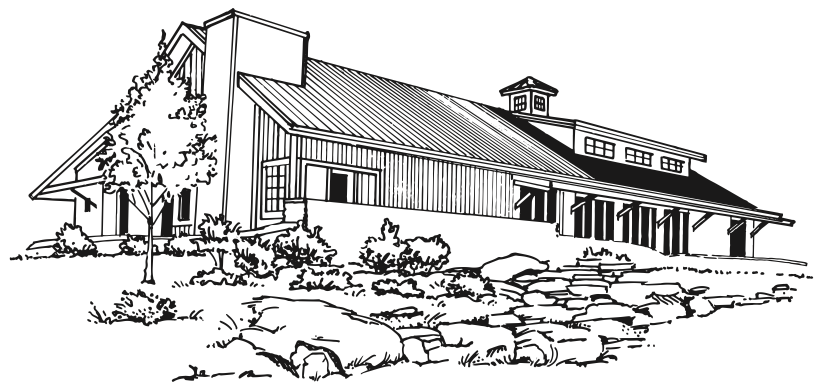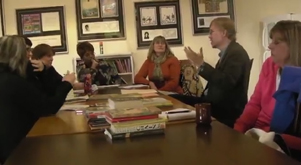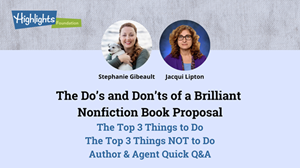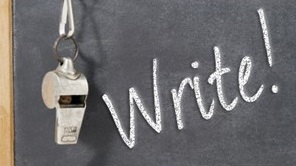The first draft of your manuscript is done! What next? Most writers know that it’s not really done, and that in fact they need to revise. But where to start? How to start? These blogs will jumpstart your revision process.
Top 10 Reasons You Need to Revise Your Manuscript
by Harold Underdown & Eileen Robinson
Why revise your manuscript? Good writers get their manuscript right the first time, don’t they? Not in our experience! Here are some of the reasons you might need to revise your manuscript. Read more.
Using a Revision Grid to Break Down Your Story Into Elements
By Harold Underdown
It can help to look at your story in a fresh way, and if you don’t have a critique group at hand, it can be very useful to put your story in a different form, which can reveal problems that may not be apparent when you just read over the manuscript. One technique that we have found very useful, and which we teach at our Revision Retreat and in online workshops, is the revision grid. Read more.
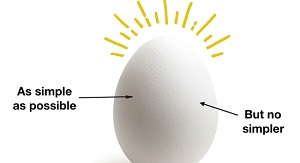 As Simple As Possible: Three Ways To Tighten Your Prose, by Chris Tebbetts
As Simple As Possible: Three Ways To Tighten Your Prose, by Chris Tebbetts
One of my guiding principles echoes the famous Einstein quote, that “Everything should be made as simple as possible, but no simpler.” For me, that means keeping my prose as clean and focused as I can, while also making sure that I don’t overdo it with the economy. Read more.
Tools and Tips on Character Revision, by Harold Underdown & Eileen Robinson
Want to create characters that step off the page? Here are some cool tools and tips you can play with to explore the many sides of your character. Cool Tool #1: Secondary Characters are People Too. Read more.
Who, What, Where, and Usually Why: Revising Scenes, by Sage Blackwood
When I draft and revise my novels, I divide them into scenes. A scene is a capsule of story. It’s usually one sequence of action, in one setting, in one moment of time. When time and place have changed, that’s a new scene. Here are some things I look for when revising a scene. Read more.
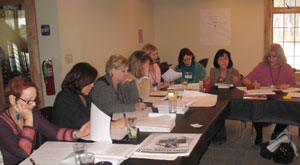 Listening to Your Manuscript will Help with Revision
Listening to Your Manuscript will Help with Revision
by Harold Underdown & Eileen Robinson
One of the challenges all writers face is seeing a manuscript clearly when tinkering or polishing, instead of seeing what you believe is there but may not be. Reading a manuscript over and over often does not help, so we recommend getting a new perspective by listening. Read more.
Use Darcy Pattison’s Shrunken Manuscript Technique to Understand the Structure, Plot and Impact of Your Novel
Writing a great scene is easy. A novel, however, adds layer after layer of complexity until it’s hard to keep everything straight. What novelists need is a simple way to take the abstract and make it visual. Writing teacher Darcy Pattison uses the “shrunken manuscript” technique to visualize a novel’s narrative arc, the emotional journey and much more. Read more.
How to Start Revising That First Draft, by Harold Underdown
The first draft of your manuscript is done! What next? Most writers know that it’s not really done, and that in fact they need to revise. But where to start? How to start? Don’t ask yourself to do the impossible. Very few people can start revising a manuscript immediately after finishing it. So first, let it sit. Read more.
The DIY Home Guide to Repair for Your Story, by Susan Campbell Bartoletti
our rough draft is your “get words on the page” stage. It’s not a first draft. You won’t know what your book is about until you have written your story from beginning to end. So write it through. Trust that your ending will inform your beginning. Once you’ve written it through, you will be ready for a true first draft. Read more.
